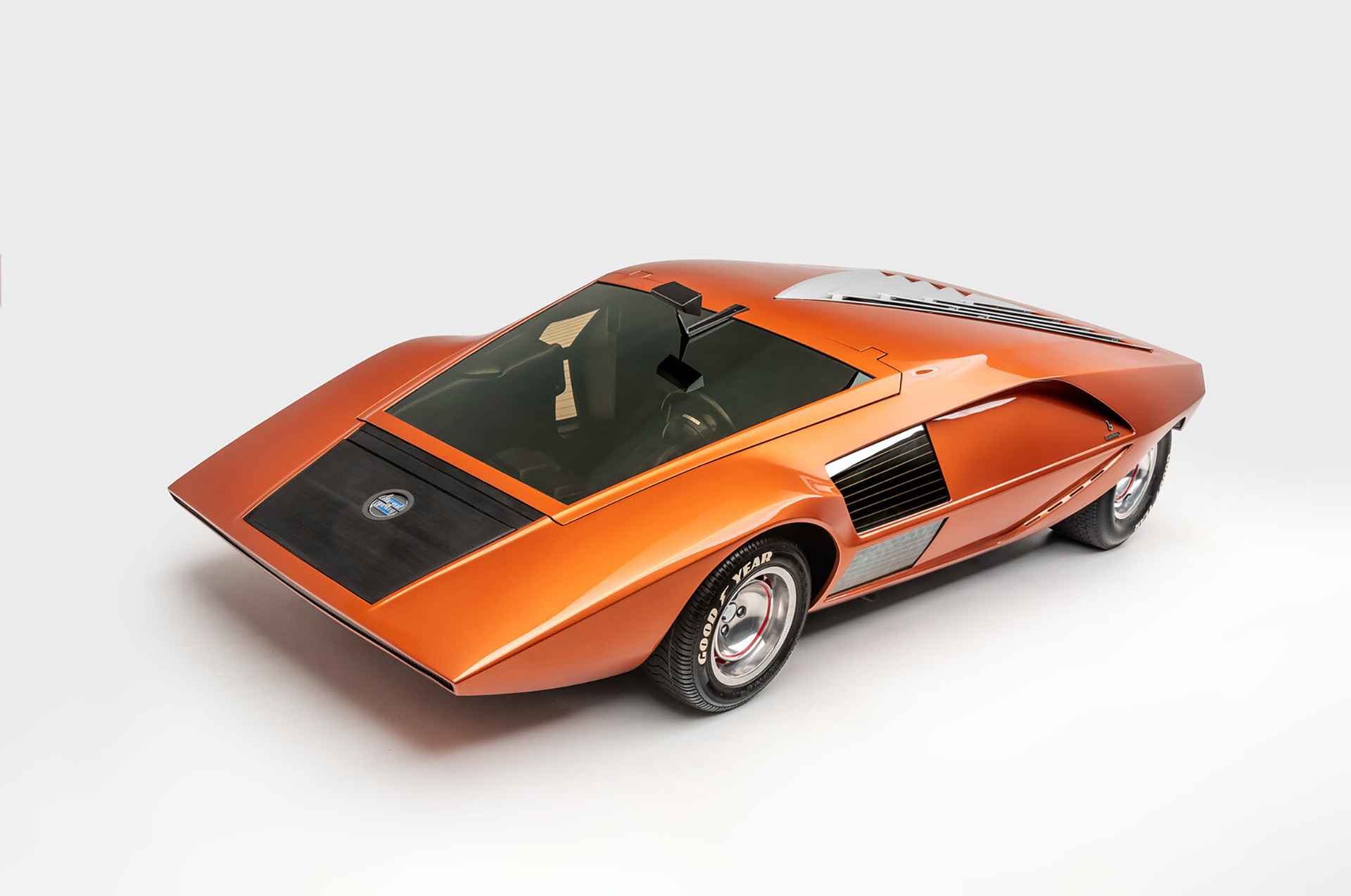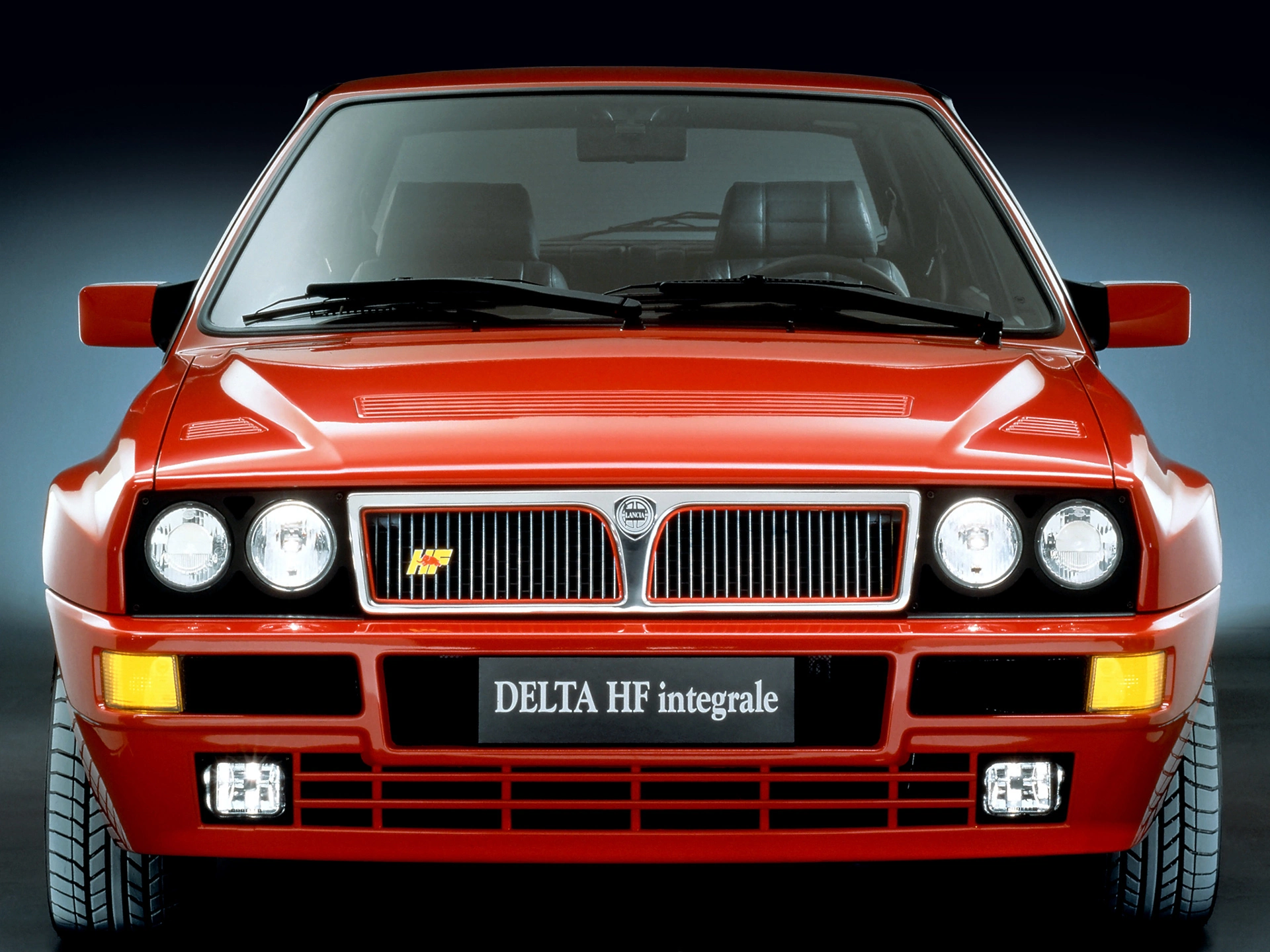Broken Dreams: Lancia Stratos Zero. Human Intelligence
22 February 2025 3 min read 4 images

Photo credit: Lancia, Petersen Museum, Ted7, Wheelsage
From 1970 to 1974, Lancia participated in the World Rally Championship, winning the international manufacturers' title in 1972 and securing victories in major races such as the Monte Carlo and RAC rallies with the small Fulvia HF, powered by a modest 1,600cc engine. However, competition was fierce, and a new racing model was urgently needed. An opportunity had already emerged: in 1970, based on the Fulvia’s mechanics, Nuccio Bertone unveiled a futuristic concept called the Stratos Zero.
Register to unlock this article
Signing up is free and gives you access to hundreds of articles and additional benefits. See what’s included in your free membership. See what's included in your free membership.
Already have an account? Log In


